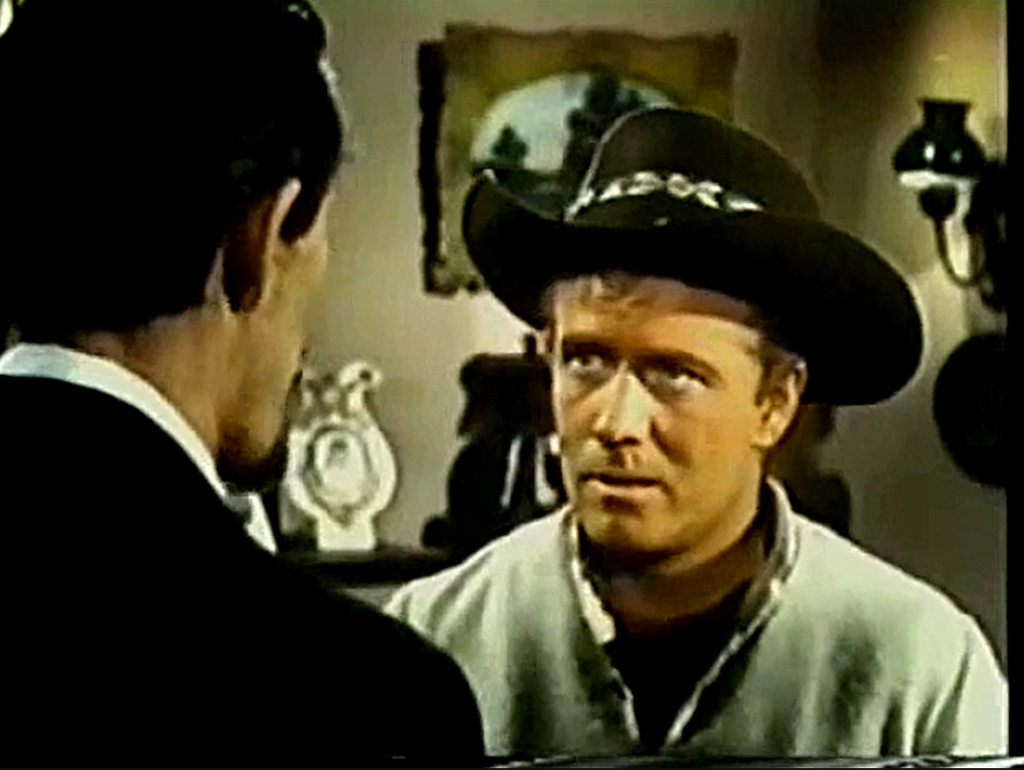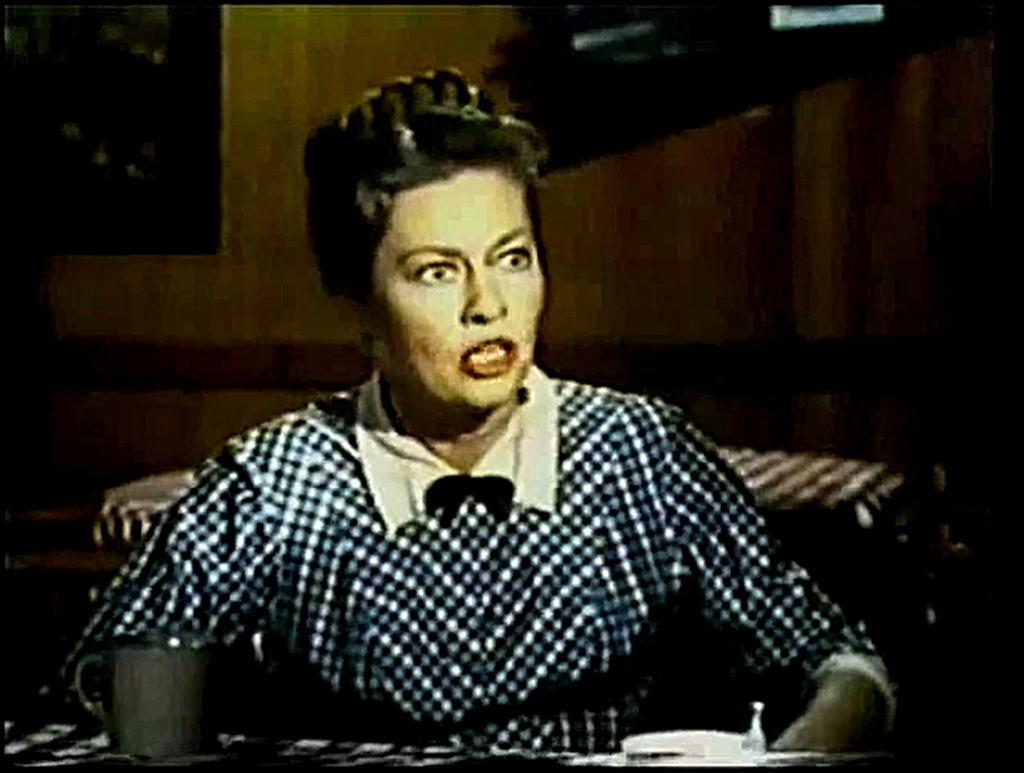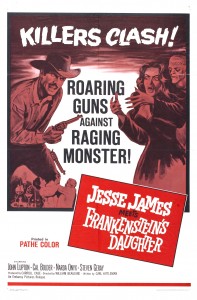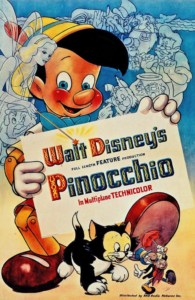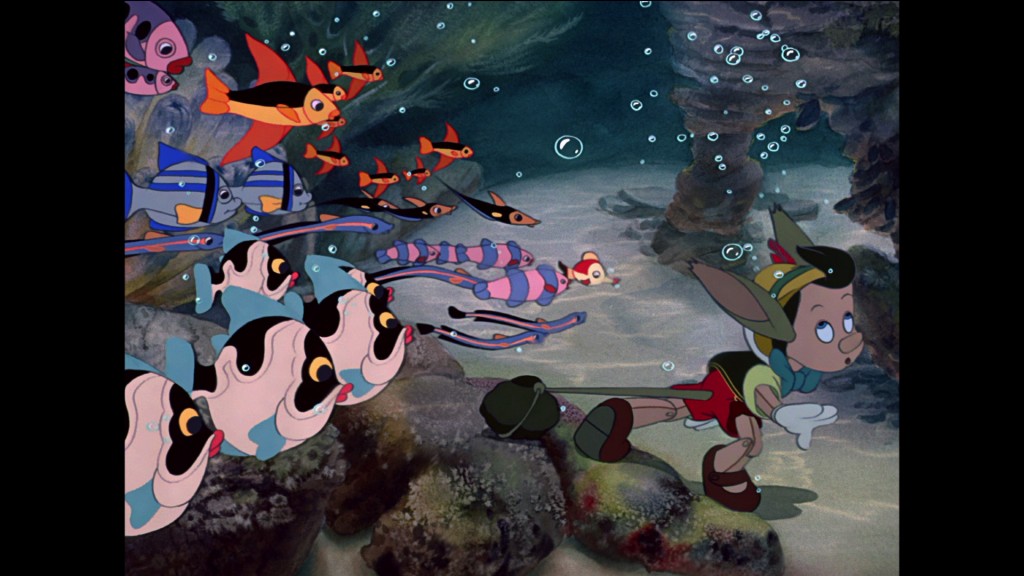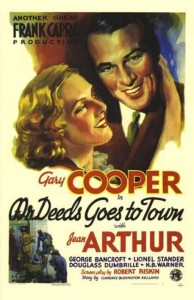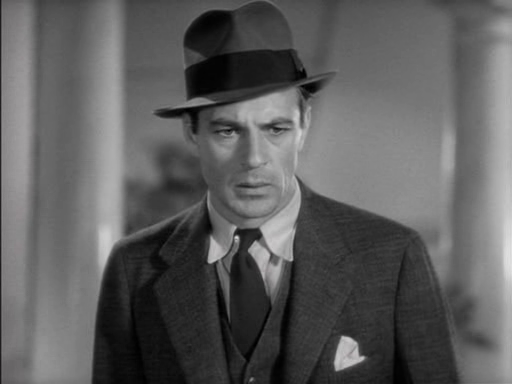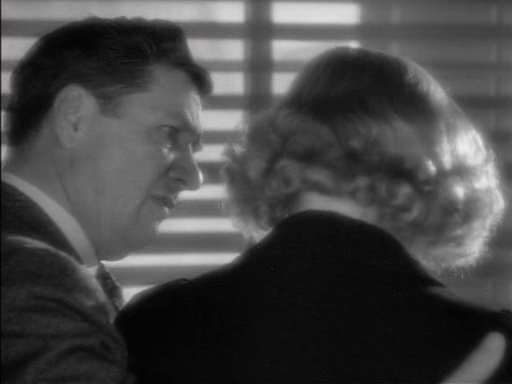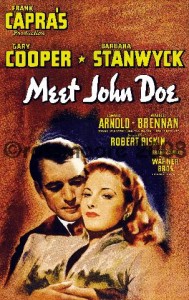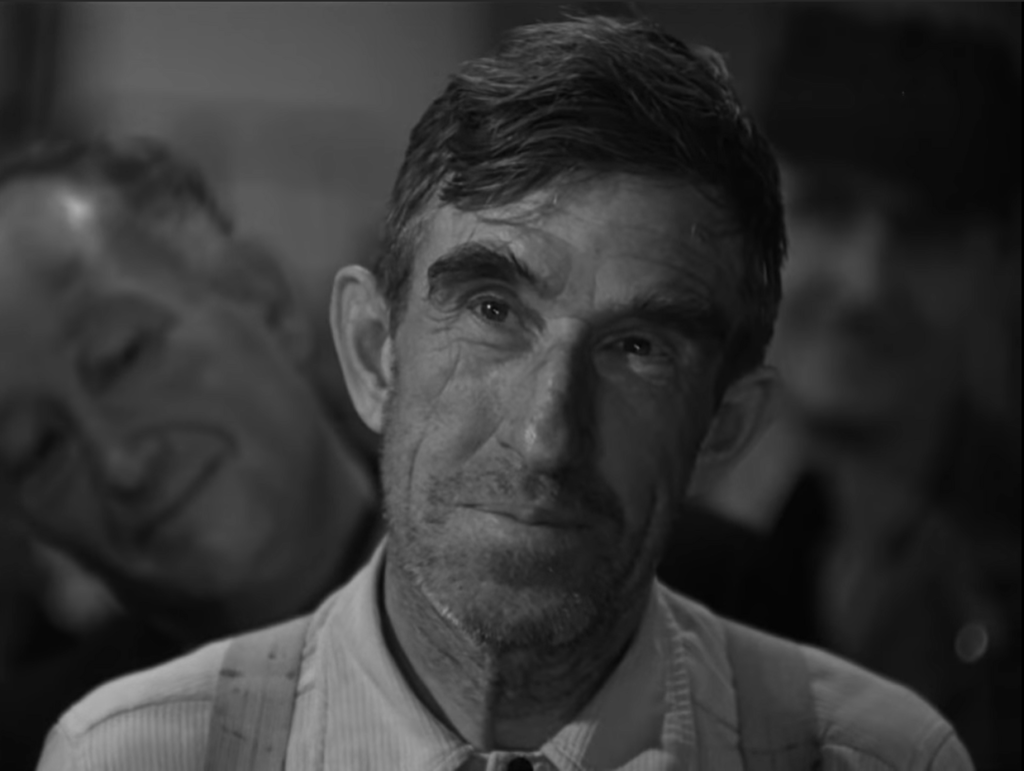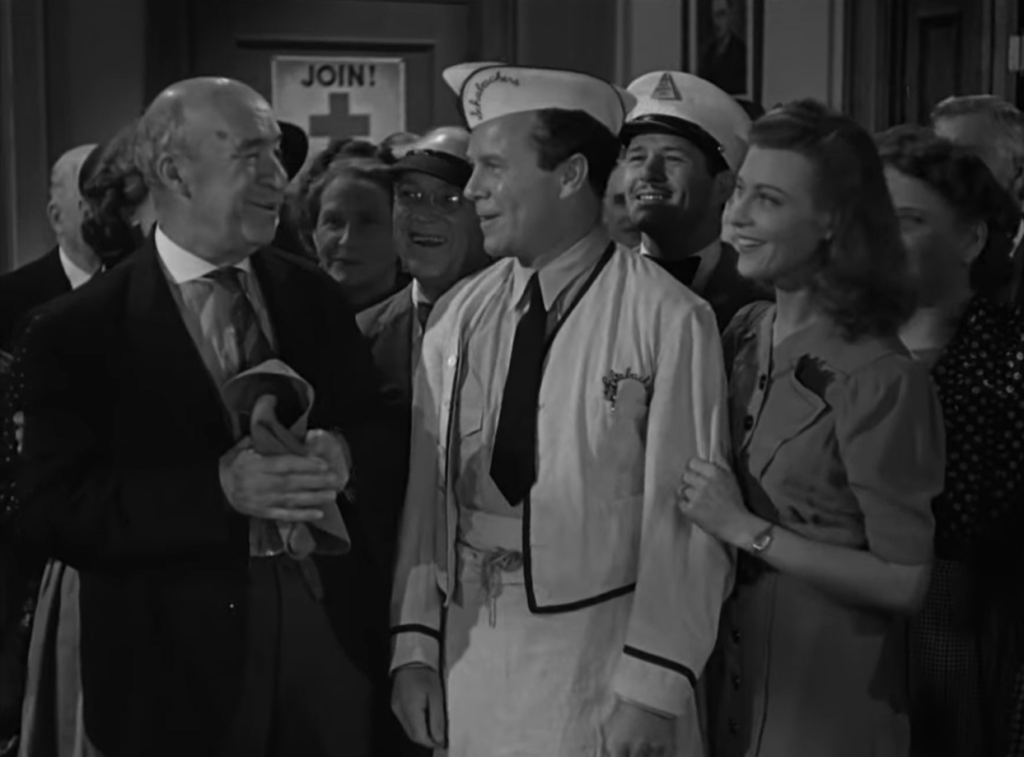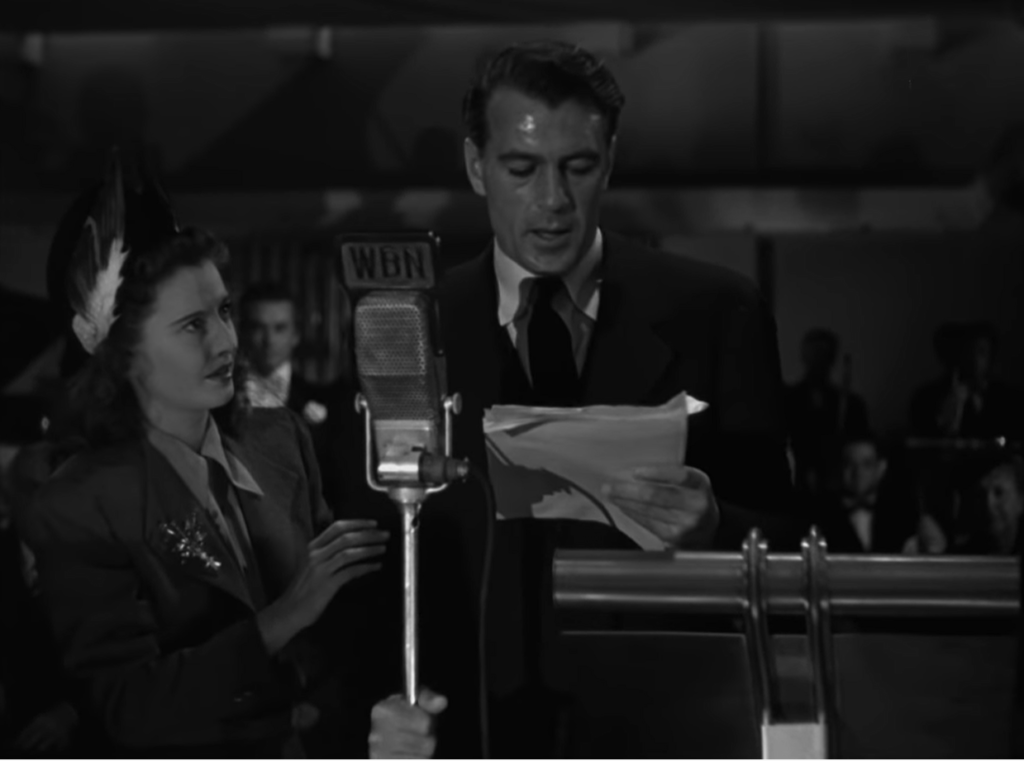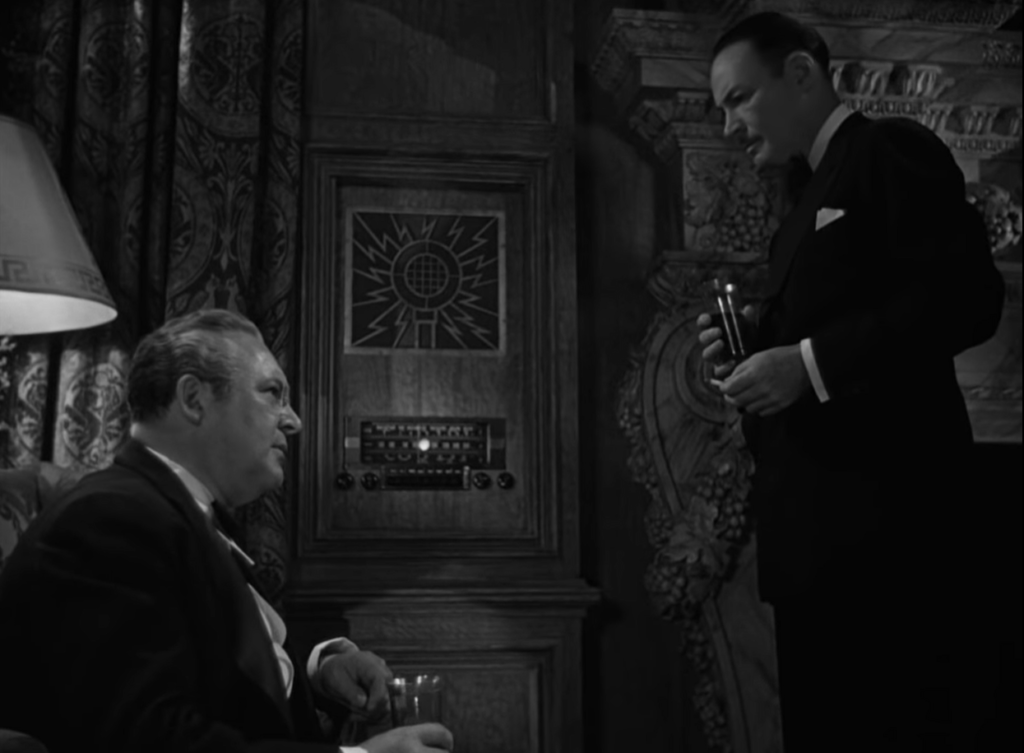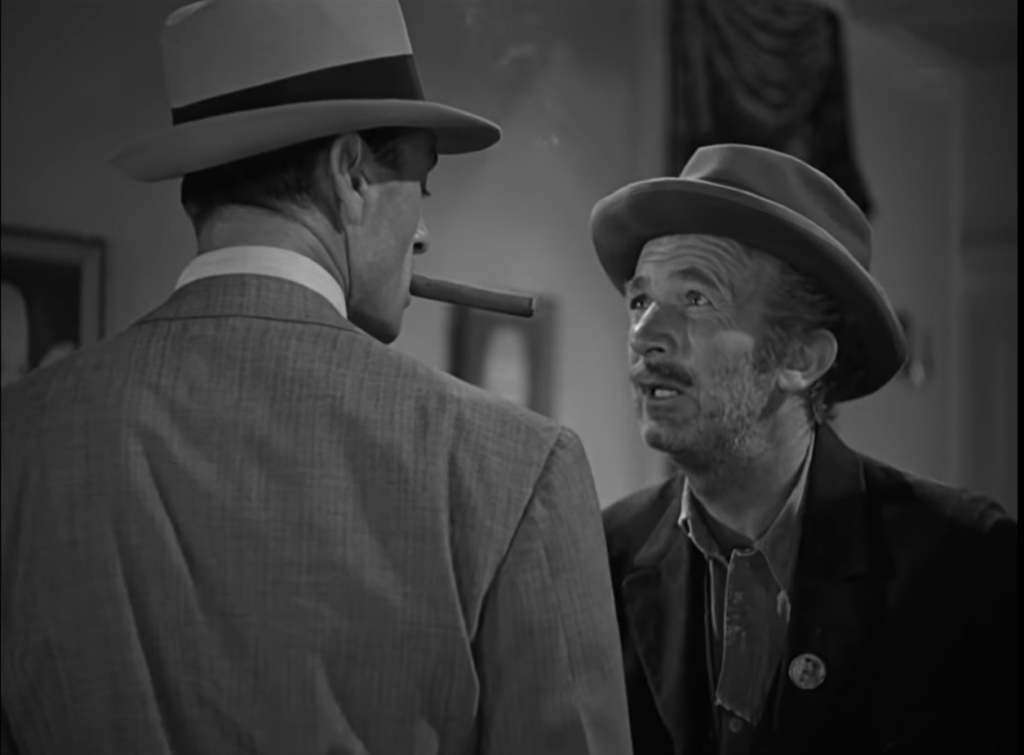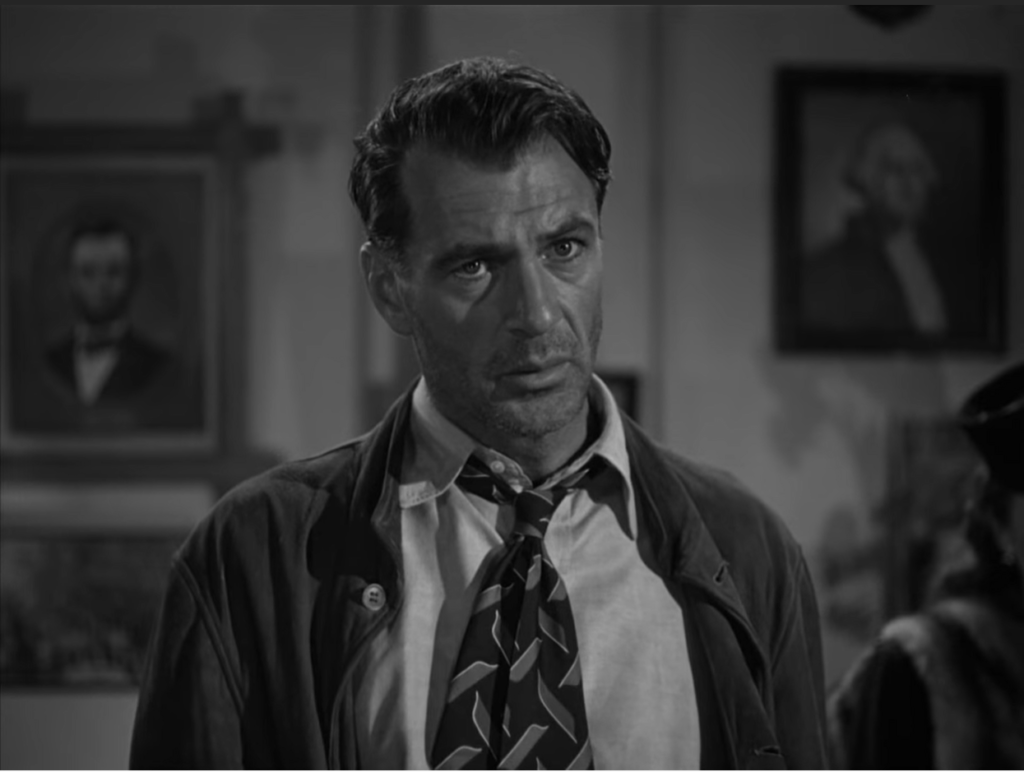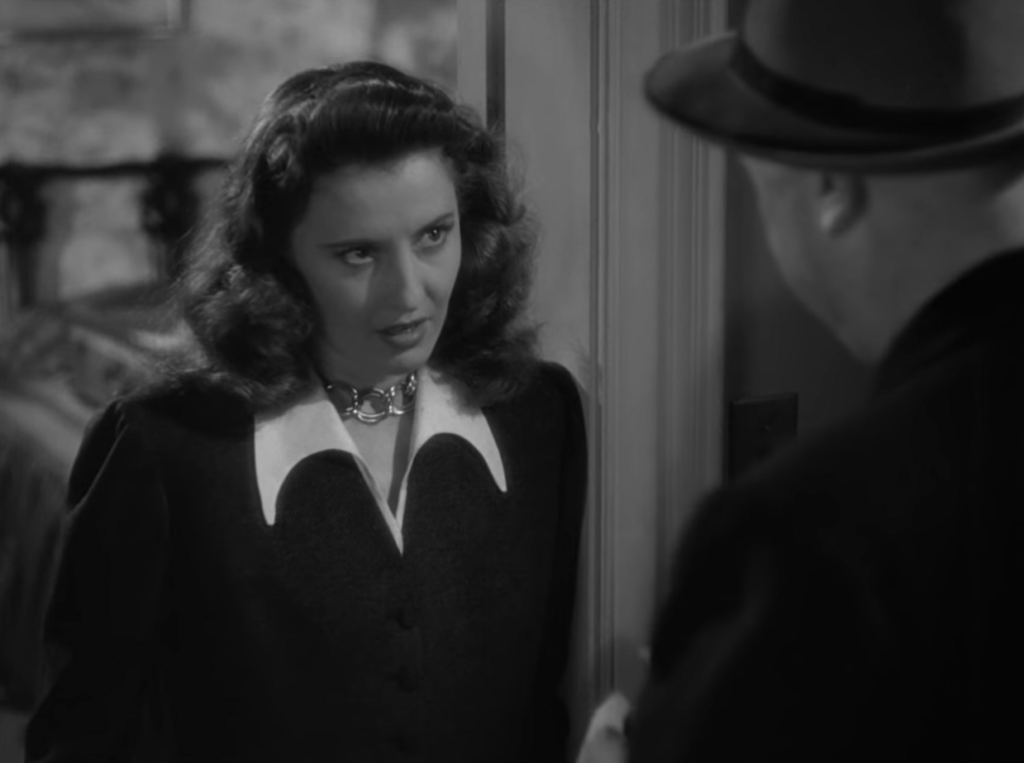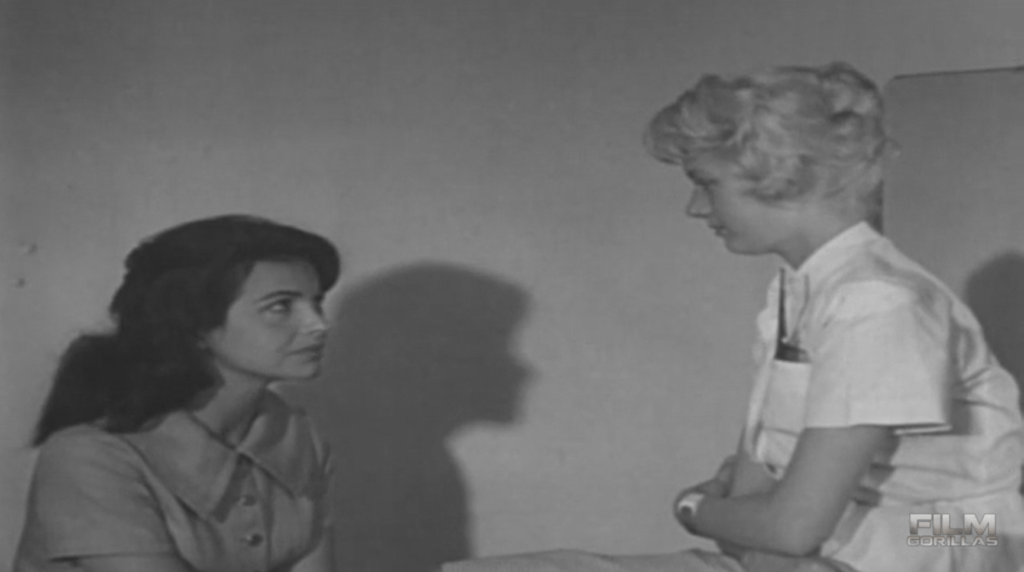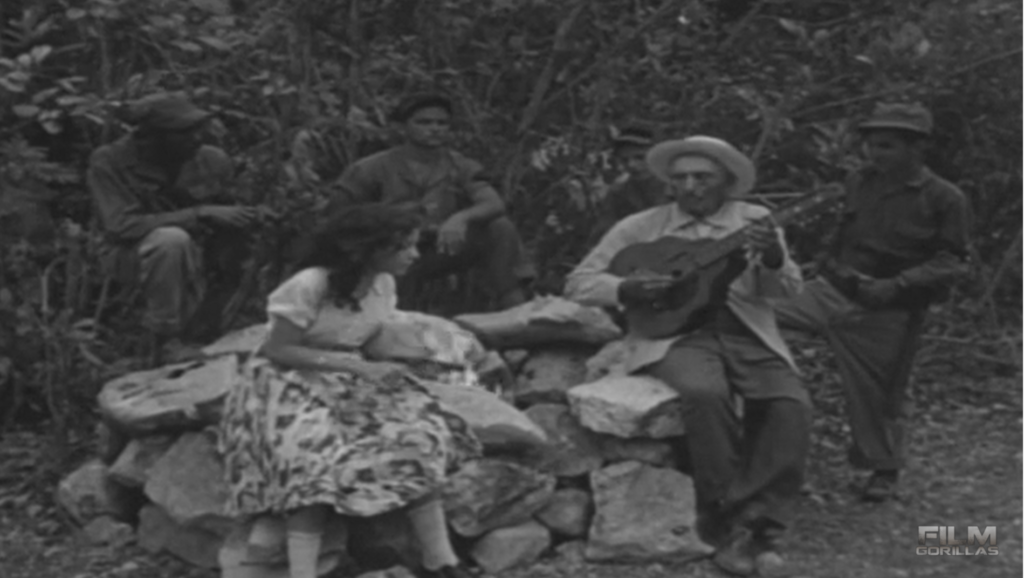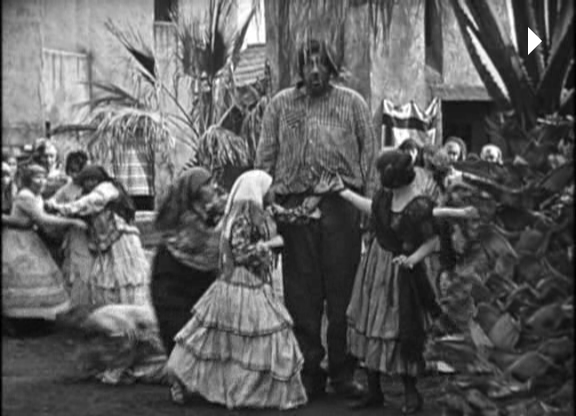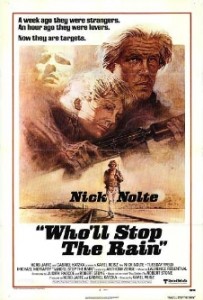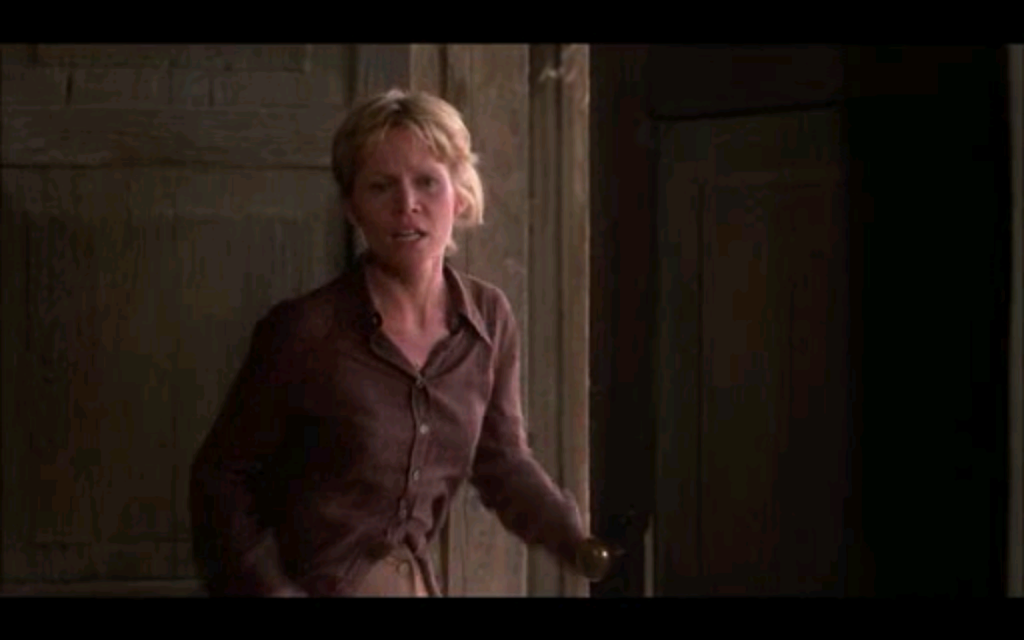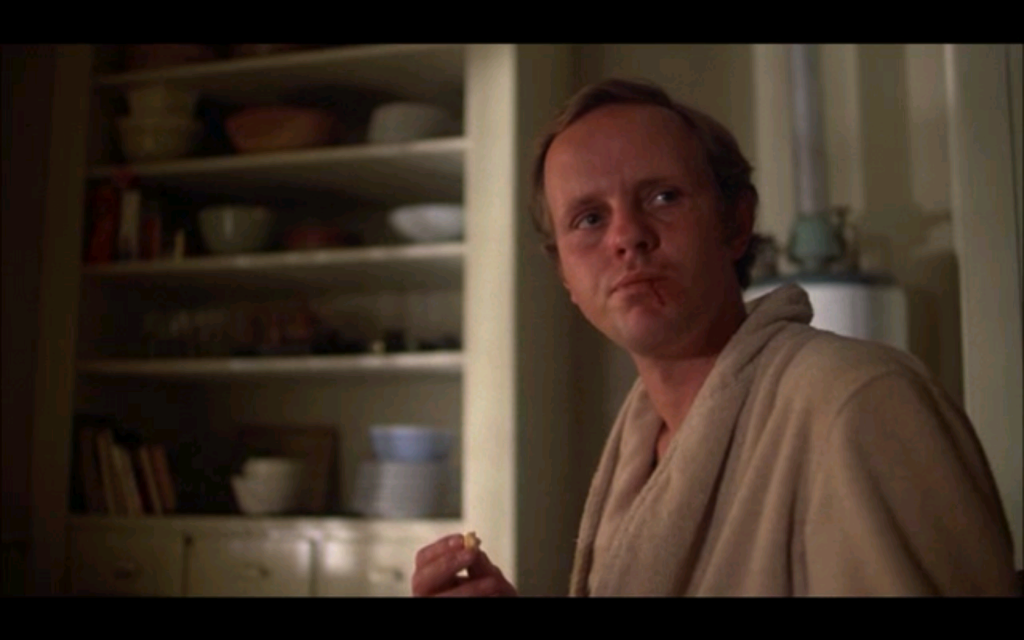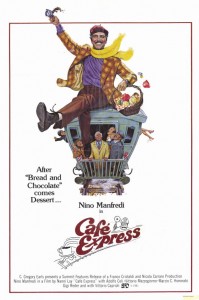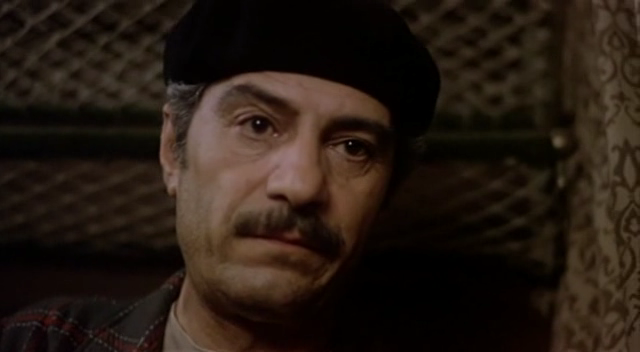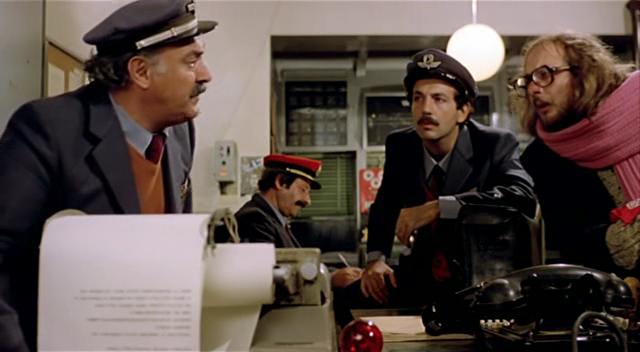|
Genres, Themes, Actors, and Directors:
- Beulah Bondi Films
- Coming of Age
- Do-Gooders
- Edward Arnold Films
- Falsely Accused
- Frank Capra Films
- Jean Arthur Films
- Jimmy Stewart Films
- Political Corruption
- Thomas Mitchell Films
Response to Peary’s Review:
Peary accurately labels this classic political soaper “Frank Capra at his corniest, hokiest, and most manipulative”, yet he goes on to argue that “Still, it’s a great film”, and places it a notch above Capra’s earlier take on the same general theme, 1936’s Mr. Deeds Goes to Town (which was originally meant to be this film’s prequel). He notes that “like other Capra heroes, Stewart’s Smith” — a “great hero” — is the “American everyman, an idealist with a tendency toward demagoguery when he wants to right a wrong”, someone who “is on the brink of giving up and allowing the people he represents to be swallowed up by corrupt influences, when someone he has inspired reminds him of his importance and all the worthy things he stands for”. Mr. Smith… is beloved by many: it’s cited as one of the most inspirational political films of all time, and the justifiably praised extended filibuster sequence during the film’s final half-hour affords Stewart a chance to truly shine (he shows definite hints of his later, more fully developed characterization as George Bailey in Capra’s true masterpiece, It’s a Wonderful Life).
However, I’m not entirely a fan of this highly sincere yet ultimately slickly contrived political exposé. While I don’t doubt for an instant that Washington, D.C. really is as corrupt as Capra depicts it here (that’s pretty much undeniable at this point), I dislike the way Sidney Buchman’s screenplay presents Mr. Smith as the ultimate in gullible naifs, someone so incredibly clueless about politics that he needs to be told (by Jean Arthur, in a conveniently calculated scene) how bills are developed and passed in Congress. We’re meant to believe that Stewart’s idealistic leader of the “Boy Rangers” of America would accept a job as temporary senator of his state without even a minimal understanding of what his job entails, simply because he purportedly has idolized his father’s “best friend” (Rains) for years (this essential detail, by the way, is merely hinted at rather than sufficiently developed).
Indeed, unlike Cooper’s Mr. Deeds (who is almost immediately shown to be infinitely smarter than the arrogant fools around him make him out to be), Stewart’s Mr. Smith remains conveniently clueless — up until the moment he’s finally convinced he needs to take action, at which point his character suddenly springs to life, and one watches with impressed astonishment at Stewart’s full-bodied characterization of a man willing to take the Senate floor for 24 hours straight. Meanwhile, the outrageously corrupt political “machine” continues to churn around him, and Capra pulls out all the stops in his depiction of the “little men” (in this case, “little” Boy Rangers, of all ages and conveniently represented ethnicities) fighting to bring Truth and Freedom to Washington.
Despite my reservations, naturally, there remains much about the film to enjoy and admire — starting with Stewart’s show-stopping performance in the final third of the film. Jean Arthur is as wonderful as ever in an even more cynical variation on her earlier role as the journalist in Mr. Deeds Goes to Town; here, she’s notoriously tippled much of the time, and she’s not quite as much of a romantic partner for Smith (Peary argues that they make “a wonderful couple”, but they technically AREN’T one). Rains — who was nominated for an Academy Award as Best Supporting Actor — oozes quiet corruption in his almost perfectly realized turn as Senator Paine, though I couldn’t help being irritated by his failure to lose his British accent for the role. Joseph Walker’s cinematography is typically atmospheric, and the recreated set of the Senate floor is quite impressive.
Ultimately, however, I’m too much of a cynic to fully appreciate the type of unabashed heart-thumper Capra is going for here. For a much more authentic and nuanced representation of the inner workings of Washington, D.C., watch Otto Preminger’s Advise & Consent (1962) instead.
Redeeming Qualities and Moments:
- Jimmy Stewart as Jefferson Smith (nominated by Peary as one of the Best Actors of the Year in his Alternate Oscars)
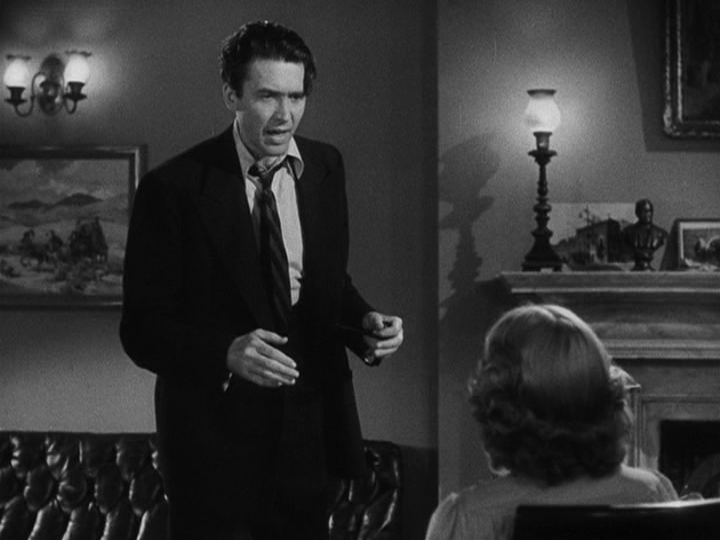
- Jean Arthur as Clarissa Saunders (nominated by Peary as one of the Best Actresses of the Year in his Alternate Oscars)

- Claude Rains as Senator Paine
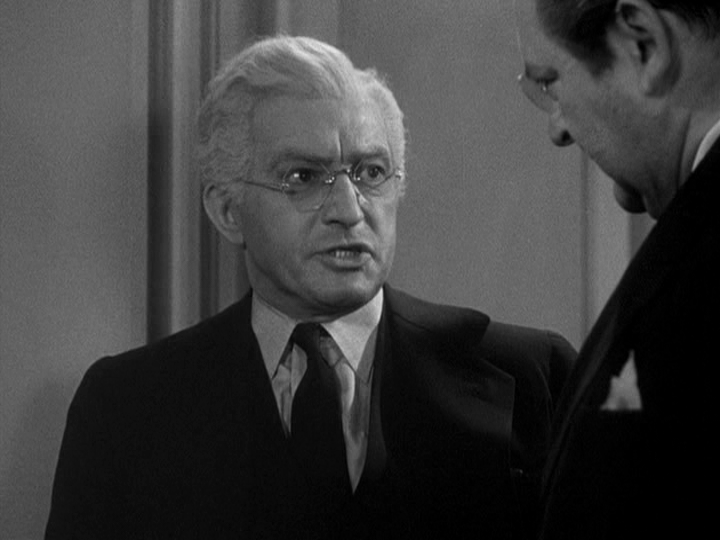
- The undeniably stirring filibuster sequence
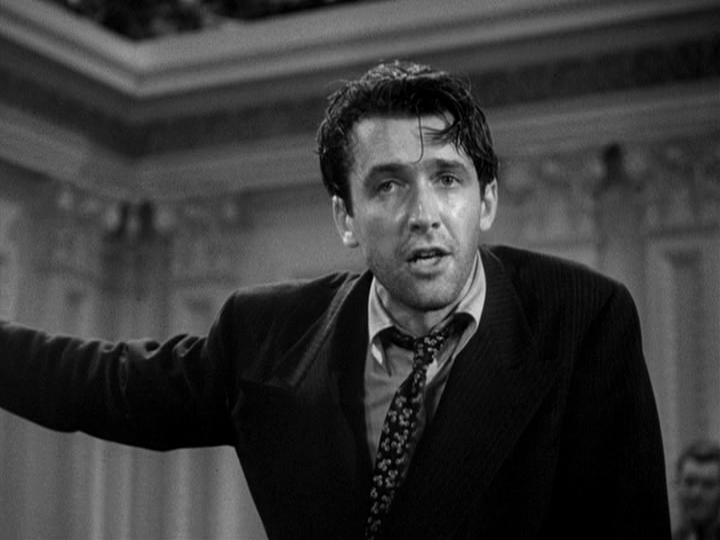
- Joseph Walker’s cinematography
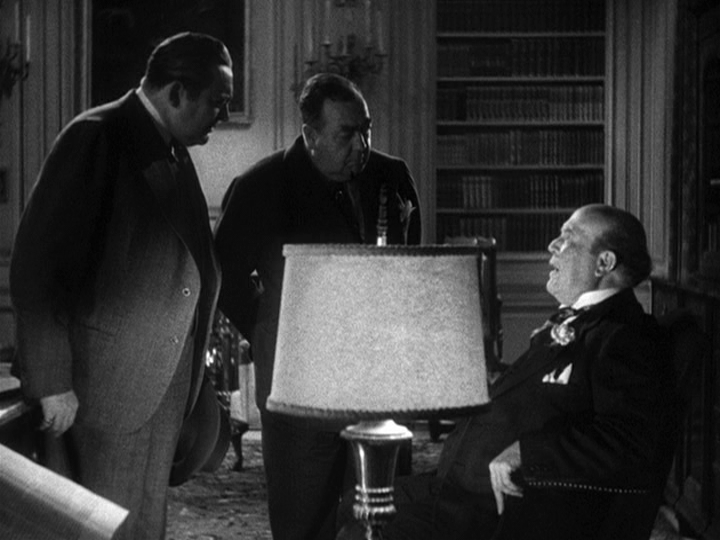
Must See?
Yes, as one of Capra’s iconic classics. Nominated by Peary as one of the best films of the year — in a year notoriously filled with “classics” — in his Alternate Oscars.
Categories
- Important Director
- Noteworthy Performance(s)
- Oscar Winner or Nominee
(Listed in 1001 Movies You Must See Before You Die)
Links:
|

